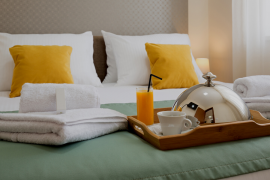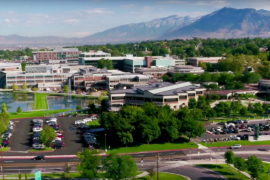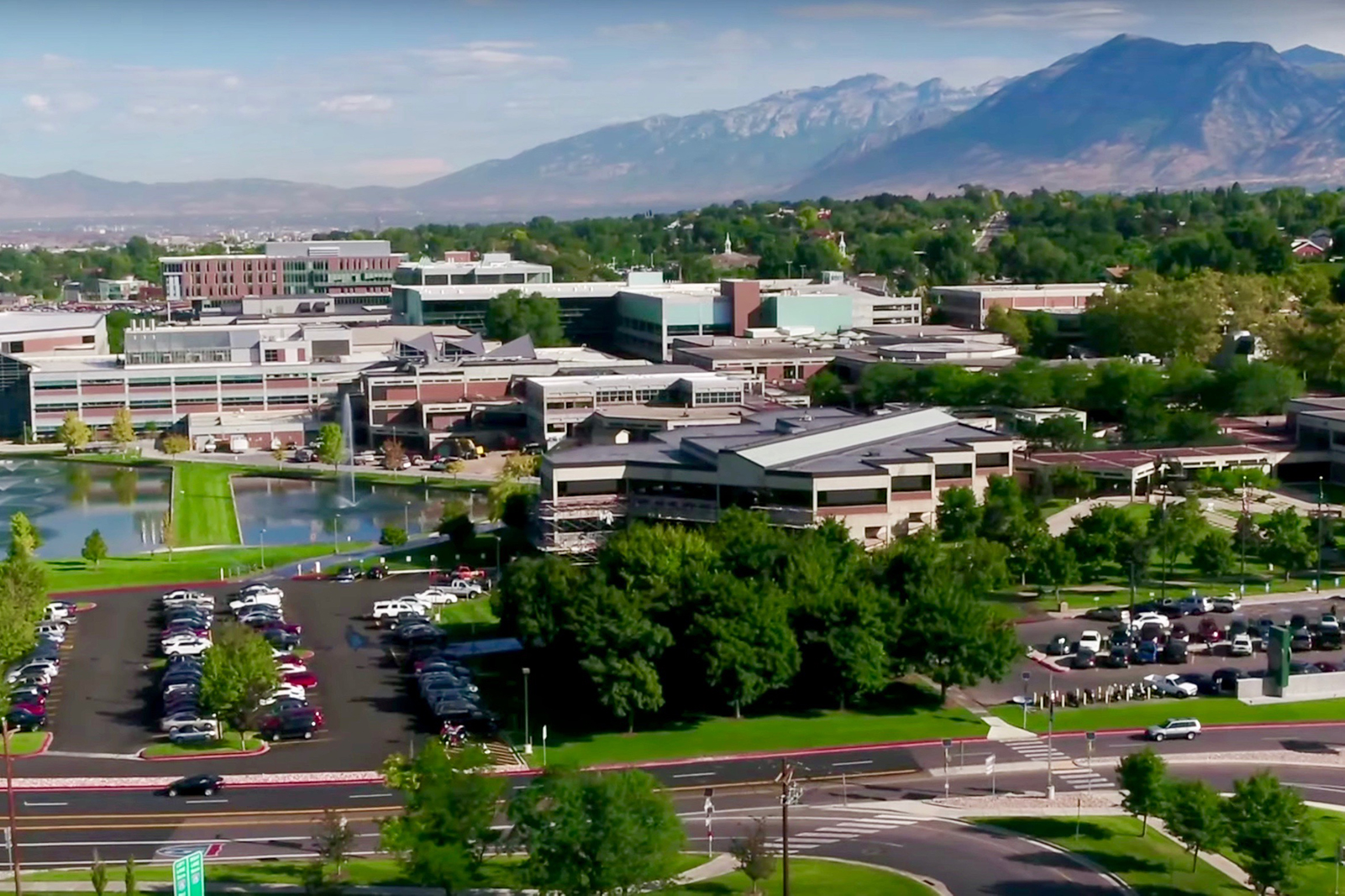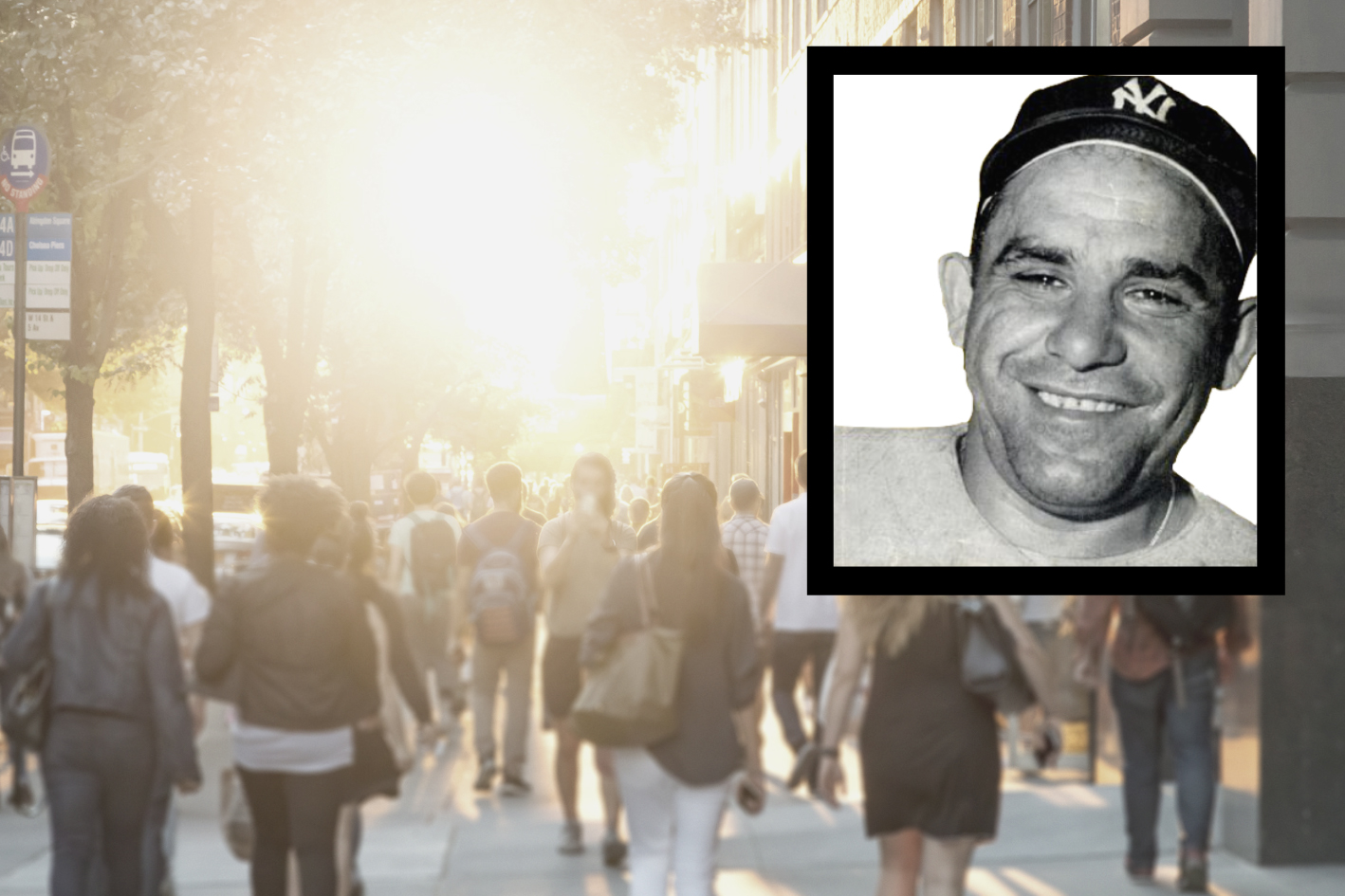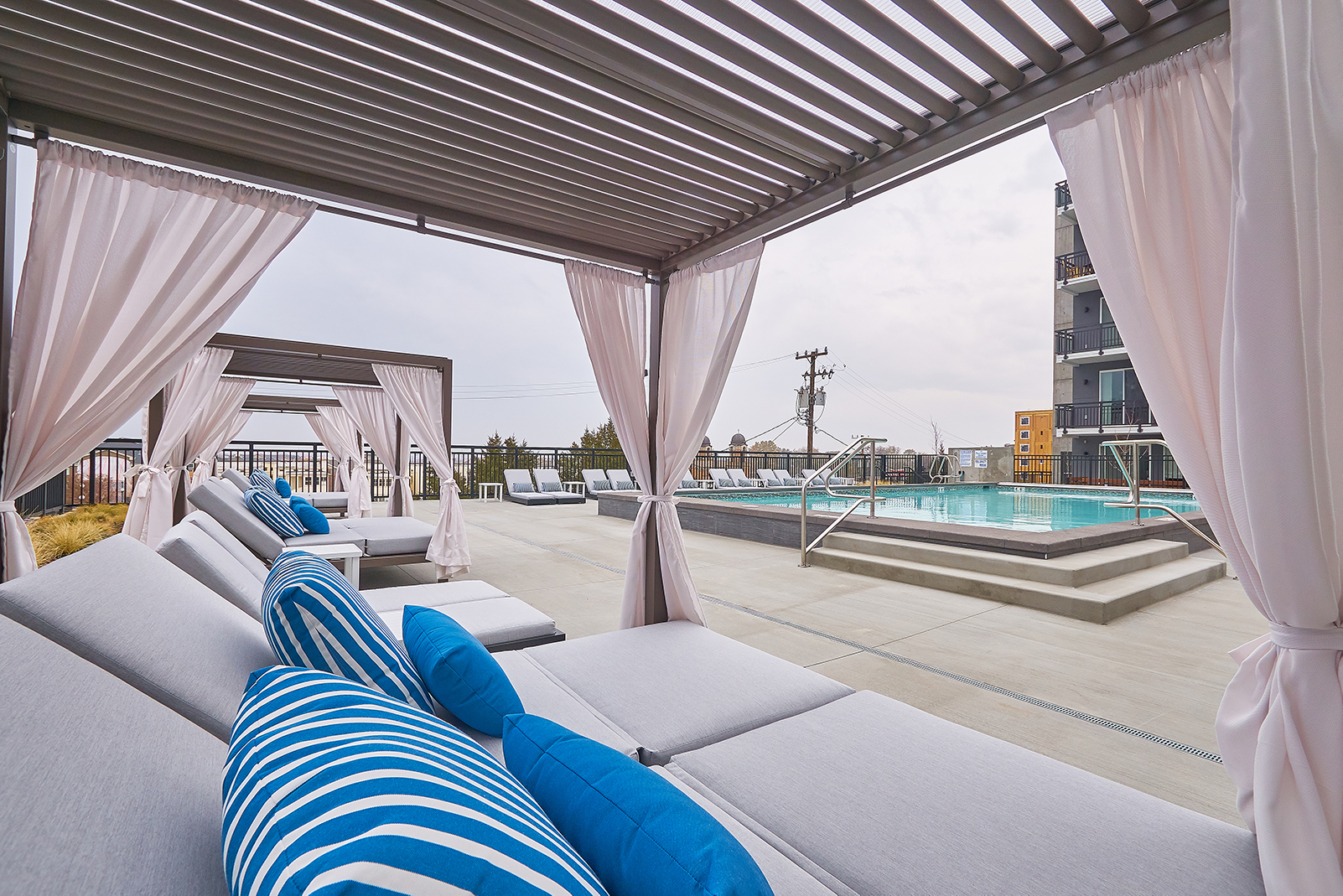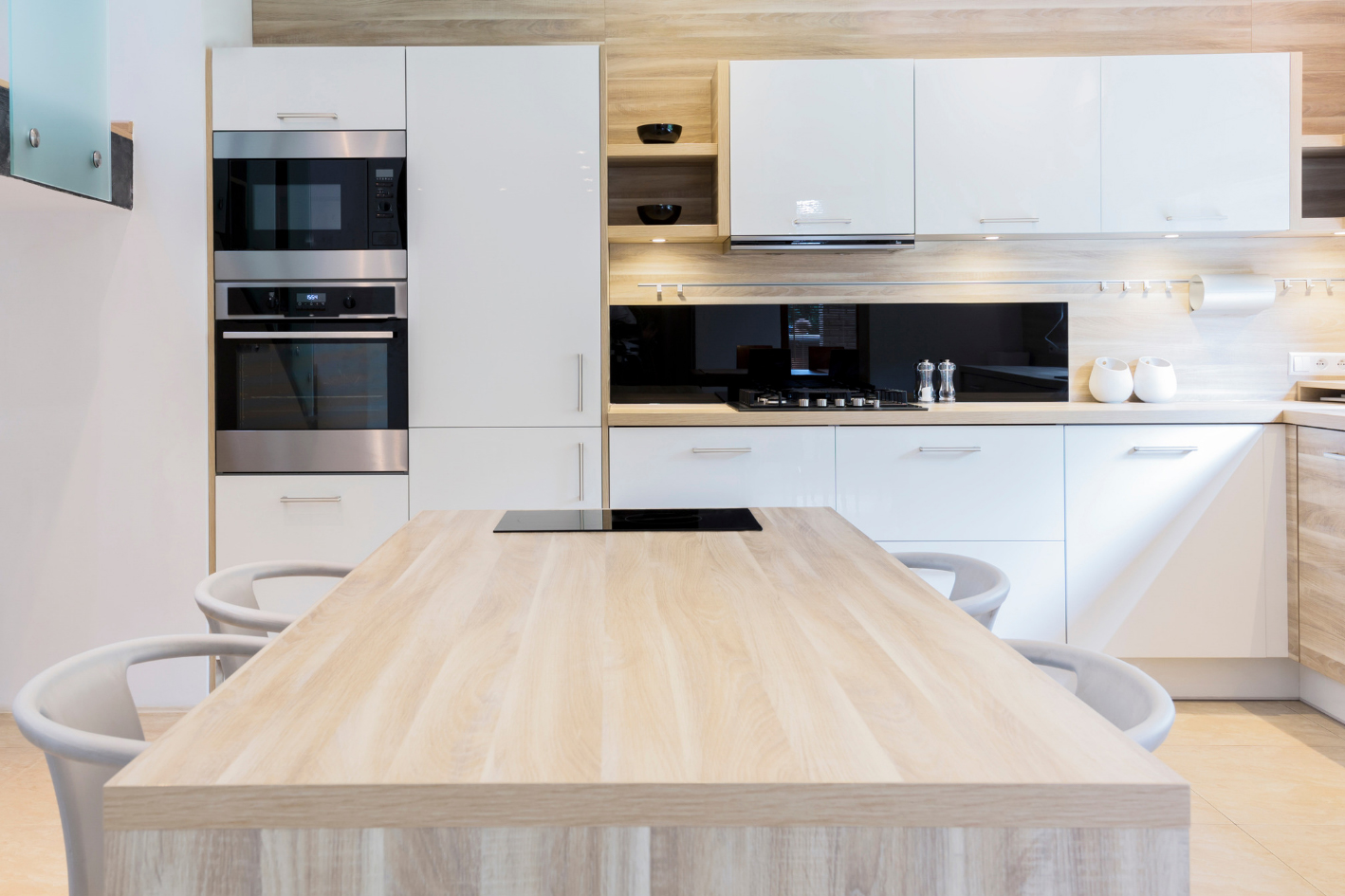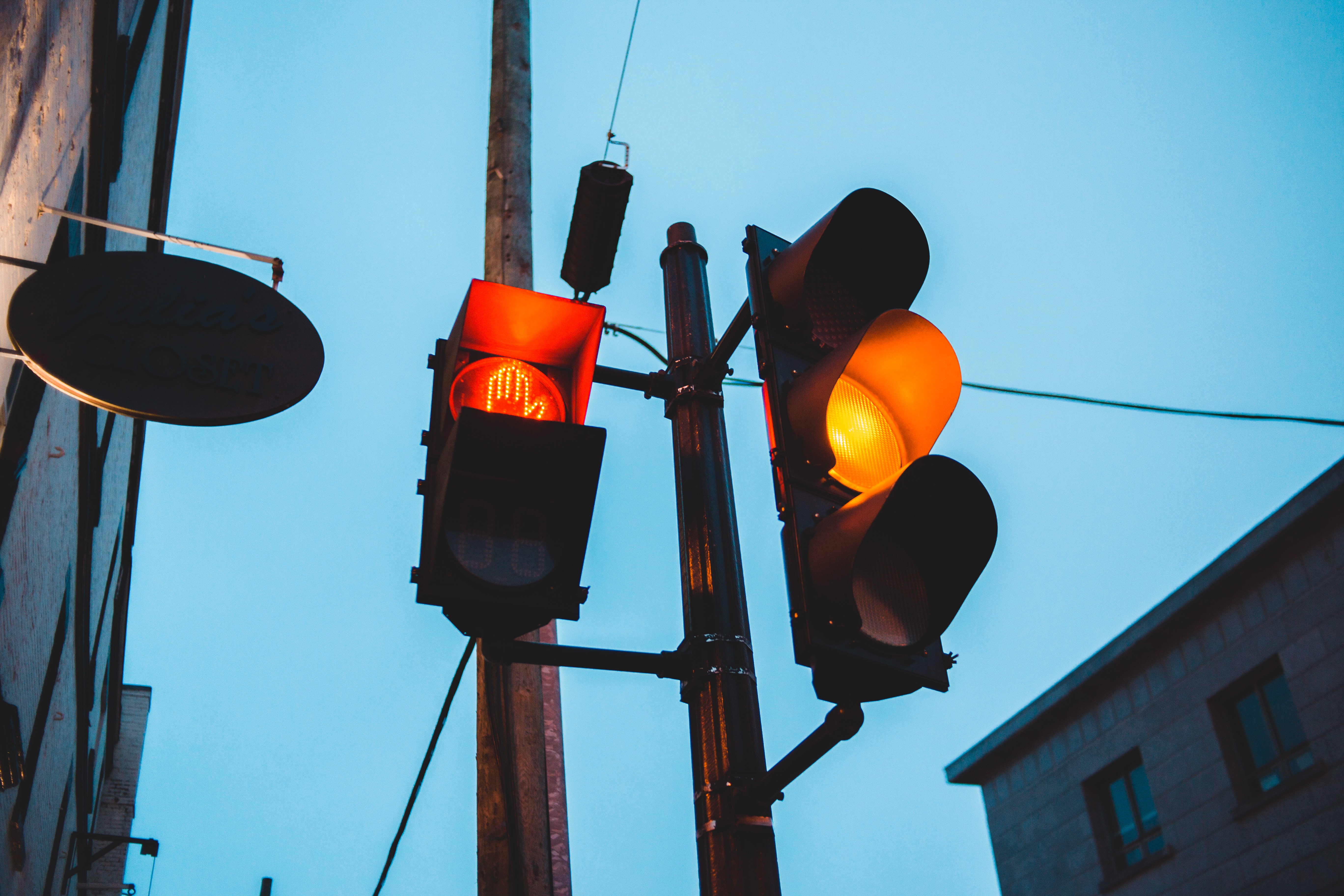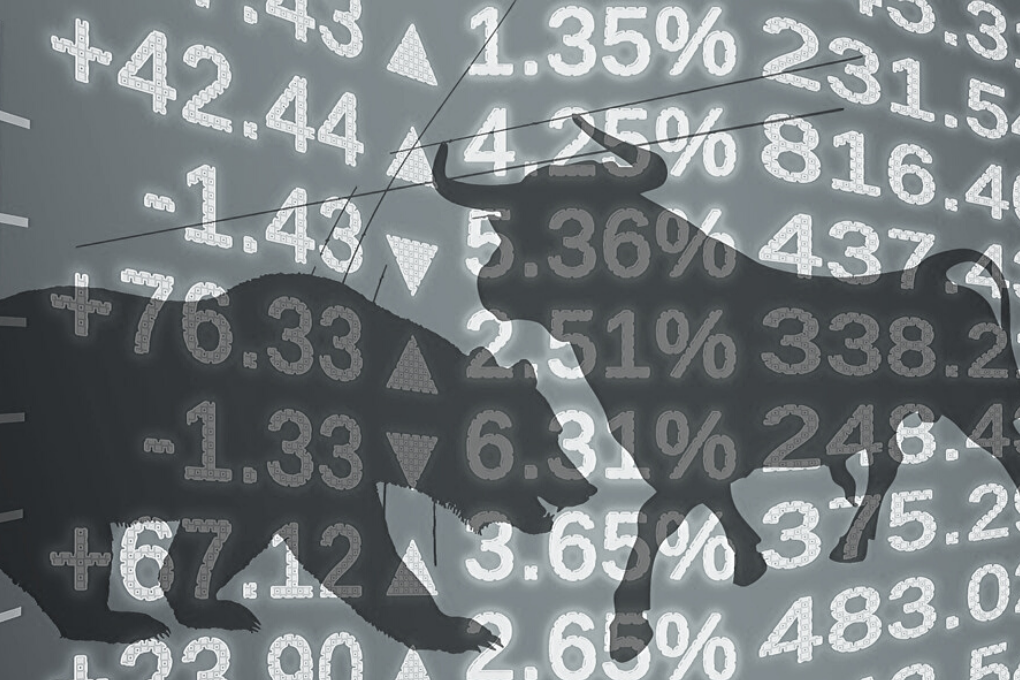Almost 50 years ago American Scientist Edward Lorenz posed the following question: “Does the flap of a butterfly’s wings in Brazil set off a tornado in Texas?”
The pop culture concept known as the Butterfly Effect is often used to emphasize the potential significance of minute occurrences. Lorenz, the meteorology professor at MIT, developed the concept as part of his greater Chaos Theory; however, the concept was not meant to be applied in this way. The intention of the question was to demonstrate the idea that some complex dynamic systems exhibit unpredictable behaviors when small variances in the initial conditions occur. These small variances can have widely differing effects on a systems outcome. These models were specifically applied to weather modeling, which is only slightly less accurate than economic modeling.
What we have seen over the last few months is unpredictable behaviors worldwide as the rippling effects, of what began as small regional variance in initial conditions, occurred. As the COVID-19 pandemic began to spread, decisions were made globally that directly affected the way humankind existed.
Results of the virus were immediately recognized in our physical health. Rules, guidelines, and recommendations were quickly put in place to try and slow the spread, with an attempt to reduce the strain of health care systems and reduce the mortality rate. Doctors and scientists scrambled to find patterns, sources, and cures for the disease. We continue to discover what the lasting effects will be on our physical health.
A biproduct of this effort was a strain on world markets. Whole regions and countries were put on lockdown or quarantine. Economic health was largely sacrificed for physical health as businesses, small and large, were greatly impacted. Unemployment skyrocketed, and spending patterns altered as the discretionary income many had become accustomed to during economic prosperity turned off like a faucet. We continue to discover what the lasting effects will be on our economic health.
For those of us trying to navigate these uncertain times in the hospitality industry, one of the hardest hit sectors globally, these circumstances now raise the question: What is our new normal? As regions, countries, and markets begin to open back up, will hospitality adjust and adopt efficiencies previously considered too risky in order to increase profitability?
Having been involved in the hospitality sector continuously since my junior year in high school, I am excited at the possibilities. Except for technology enhancements, for years the core of hotel operations has remained unchanged meeting the status quo (because if it wasn’t broken, why fix it?). As an immediate result over the last few months, hotels greatly altered the way they have operated. There has been a sense of awakening among the big players in the hotel space (Marriott, Hilton, Hyatt, and IHG) and general understanding that now is the time to change the status quo and find a more efficient and profitable operating model. The possibilities are limitless and exciting!
For example, recall the last time you attended a multiple-day convention, conference, or training. Chances are, you booked your room at the hosting (or closest) business hotel and occupied the room by yourself. In the days that you were there, how many times did you put the ‘Do Not Disturb’ sign on your door to decline housekeeping services? How many times did you forget and wish you would have? For most travelers, the thought of having daily housekeeping service is a bit too much. It is one of the things hotel operations has just done, for the most part, because they felt that was the expectation of the guest. Now, in the age of COVID-19, hotels are foregoing daily housekeeping services and offering garbage and additional bath amenities upon request. Guest rooms are not cleaned until check-out when they are prepared for the next guest. This is currently being done out of health concerns but could easily be maintained as an operational efficiency without sacrificing guest experience.
The long-term savings of this one operational adjustment is too much to ignore. The average labor cost to service an occupied room can range from $3 – $10 (depending on the local labor market). A mid-size hotel running an annual occupancy of 75% could save $100K per year in labor costs alone if brands were to make this operational change a permanent brand standard, and this is just one example. Other common-sense changes could have additional equal impact to the bottom line.
So, what will the COVID Effect be? It is still too early to tell, but there is a resilience that transcends industries and nationalities, and like the Phoenix, we will all rise from the ashes – especially in the hospitality industry. Now is the time to adjust our personal and business lives, re-evaluate our priorities, and introduce new efficiencies.



